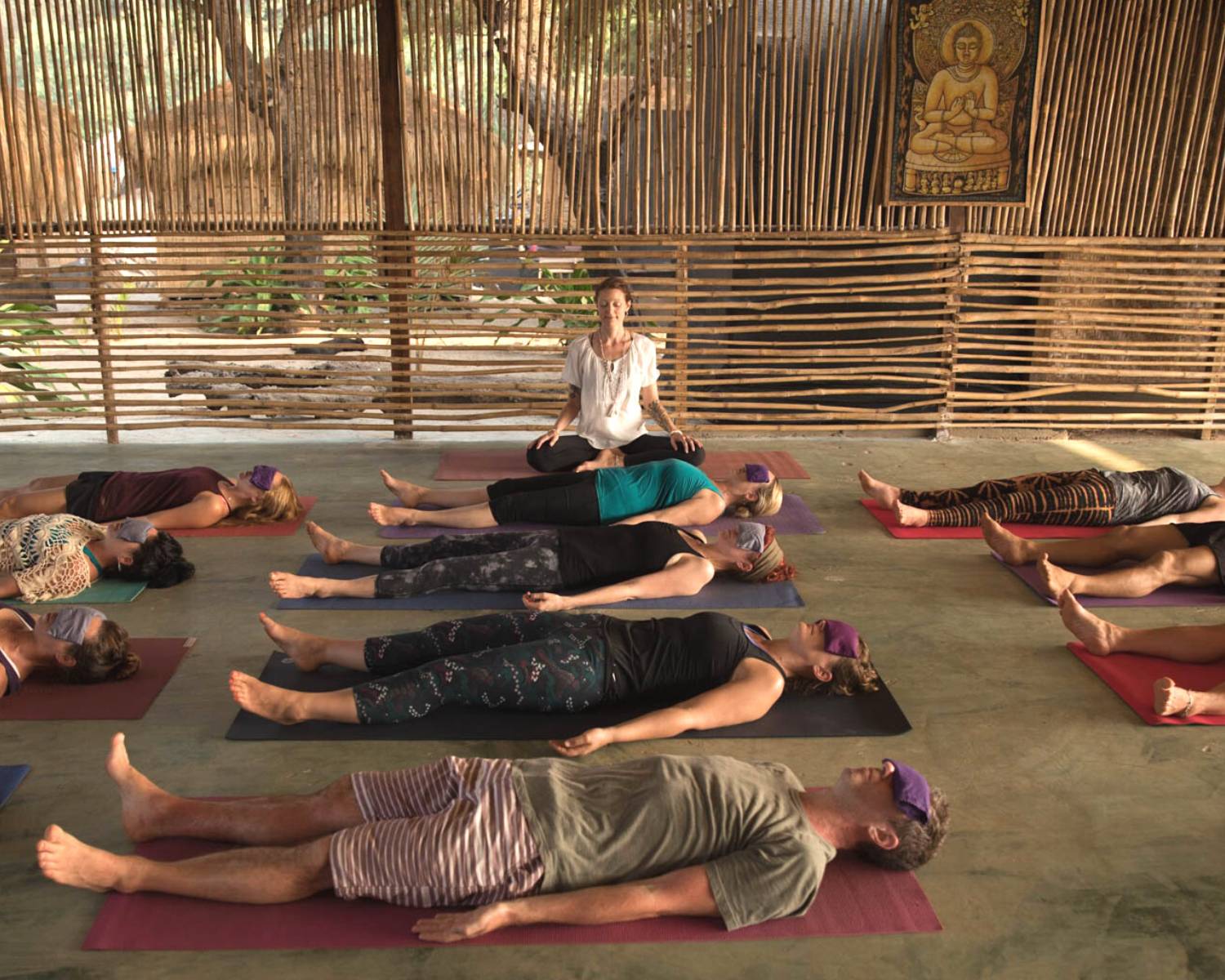It is a state that occupies the borderline between waking and sleeping (hypnagogia) – not fully awake or fully asleep. When we become able to stay in this place we can experience a new state of consciousness, and in this state of consciousness things change in the brain and the nervous system and we can rest deeply and connect to our creativity.
Like Yoga itself, Yoga Nidra is both a process and a state. You can be in the “state of Yoga Nidra” which is a state of consciousness between waking and sleeping. It is also a set of techniques put together to help you get into that state. You can design a practice to suit different purposes from simple relaxation to getting to sleep at night to unlocking creativity.
Since Yoga Nidra first became popular there have been huge advances in our understanding of what happens in the brain in situations such as stress, insomnia and creativity (to name just a few) and it has evolved to become an incredibly rich diverse set of practices that can have a positive impact on many levels. It’s so important not to be dogmatic about yogic practices but to let them evolve to include new knowledge and so become richer and deeper. Yoga Nidra can help with many things such as enhanced memory, creativity, sleeping well, enhanced connection to the body, stress management, more self compassion and much more.
Its main contra-indications are Schizophrenia and Psychosis. Anxiety and trauma are cautions. Yoga Nidra can be fantastic for these groups as well but the practice needs to be tailored and as a teacher, you need specialised training and knowledge for it.
Much Love,
Jennie & Melanie
